
To identify the largest cities in the world, 24/7 Wall St. reviewed The World’s Cities in 2016, a report from the United Nations that compared the world’s mega-cities — defined by the UN as having a population of at least 10 million people. The number of mega-cities has grown from 10 in 1990 to 31 in 2016, and another 10 cities are projected to reach mega-city status by 2030. The largest city in the world is currently Tokyo, Japan, home to approximately 38,140,000 residents.
With no standardized international method for defining city boundaries, comparing populations of cities in different countries can produce different results depending on the definitions used. An intuitive approach is to define a city within its administrative boundary — known as the city proper. Another city definition, an urban agglomeration, extends the city boundary to include suburbs directly connected to the city proper. Finally, metropolitan areas are defined by commerce patterns, commuting routes, and other measures in order to capture a region that while far larger than the core city, is still socially and economically connected.
Click here to see the world’s largest cities.
Depending on the definition used, the estimated population of New York City varies dramatically. The population in the city proper is 8,550,405, while the population in the NYC metro area is more than double, at 20,182,305. The UN uses the urban agglomeration definition to compare city populations when possible.
An increase in urban living has many social and economic implications for an area’s population. People living in urban environments tend to have longer life expectancy and higher literacy rates, for example. By concentrating social services and connecting urban and rural areas, cities can also further improve the general prosperity of a region’s population.
However, rapid expansion can cause many negative effects as well. Increased pollution and poor environmental conditions both largely stem from unsustainable growth of large cities. Also, the quality of living tends to be more unequal within cities than in rural areas, particularly when policies and institutions fail to keep up with such rapid population growth.
To identify the largest cities in the world, 24/7 Wall St. reviewed the United Nation’s report The World’s Cities in 2016. The list consists of the 31 cities that have a population greater than 10,000,000 using. The UN defined cities, when possible, as urban agglomerations, which include residents of legal city boundaries as well as people living in surrounding areas like suburbs. When data were unavailable or inconsistent over time, city proper or metropolitan area definitions were used instead. Average annual growth rates, future population estimates, and what share of a country’s population the city accounts for are also from The World’s Cities in 2016 report.
These are the largest cities in the world.
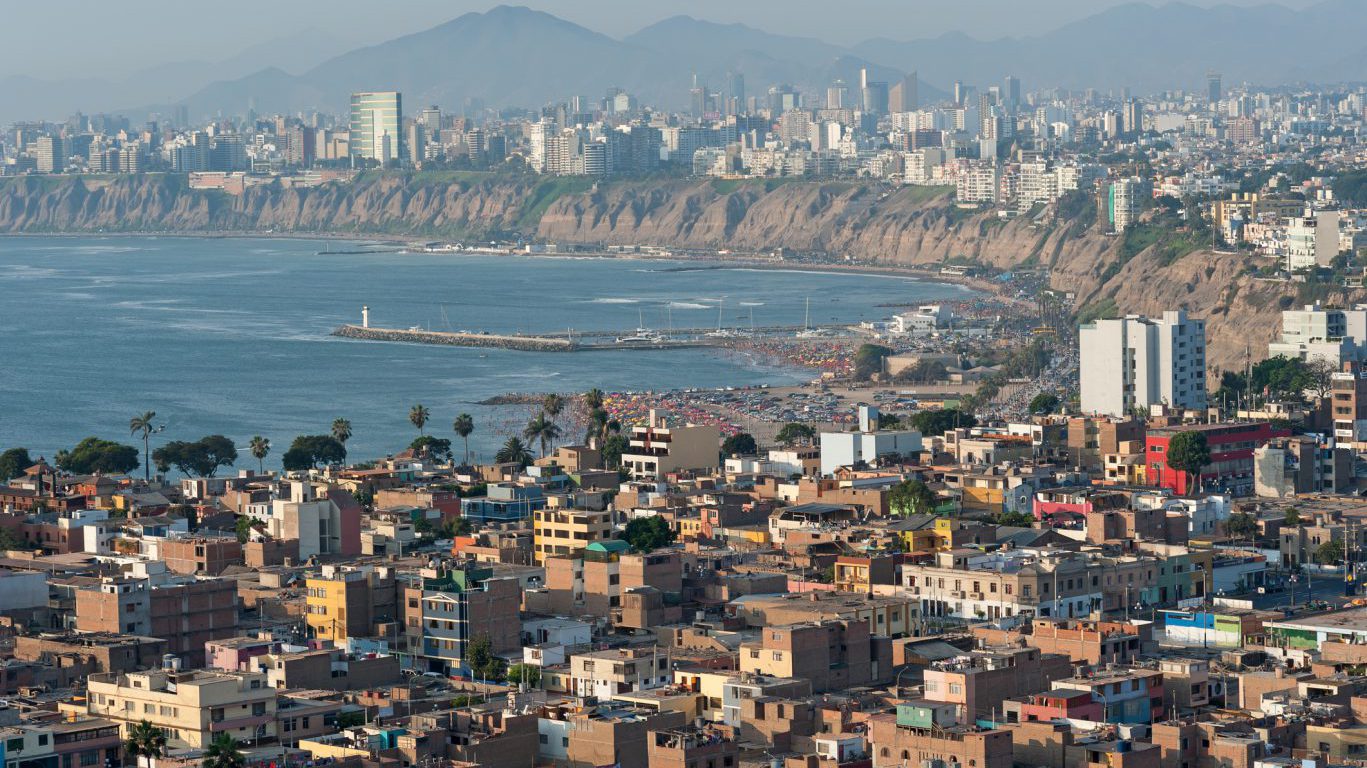
31. Lima, Peru
>2016 population: 10,072,000
>Annual growth since 2000 2.0%
>Pct. of Peru’s population: 31.9%
>2030 estimated population: 12,221,000
[in-text-ad]

30. Chennai (Madras), India
>2016 population: 10,163,000
>Annual growth since 2000: 2.9%
>Pct. of India’s population: 0.8%
>2030 estimated population: 13,921,000
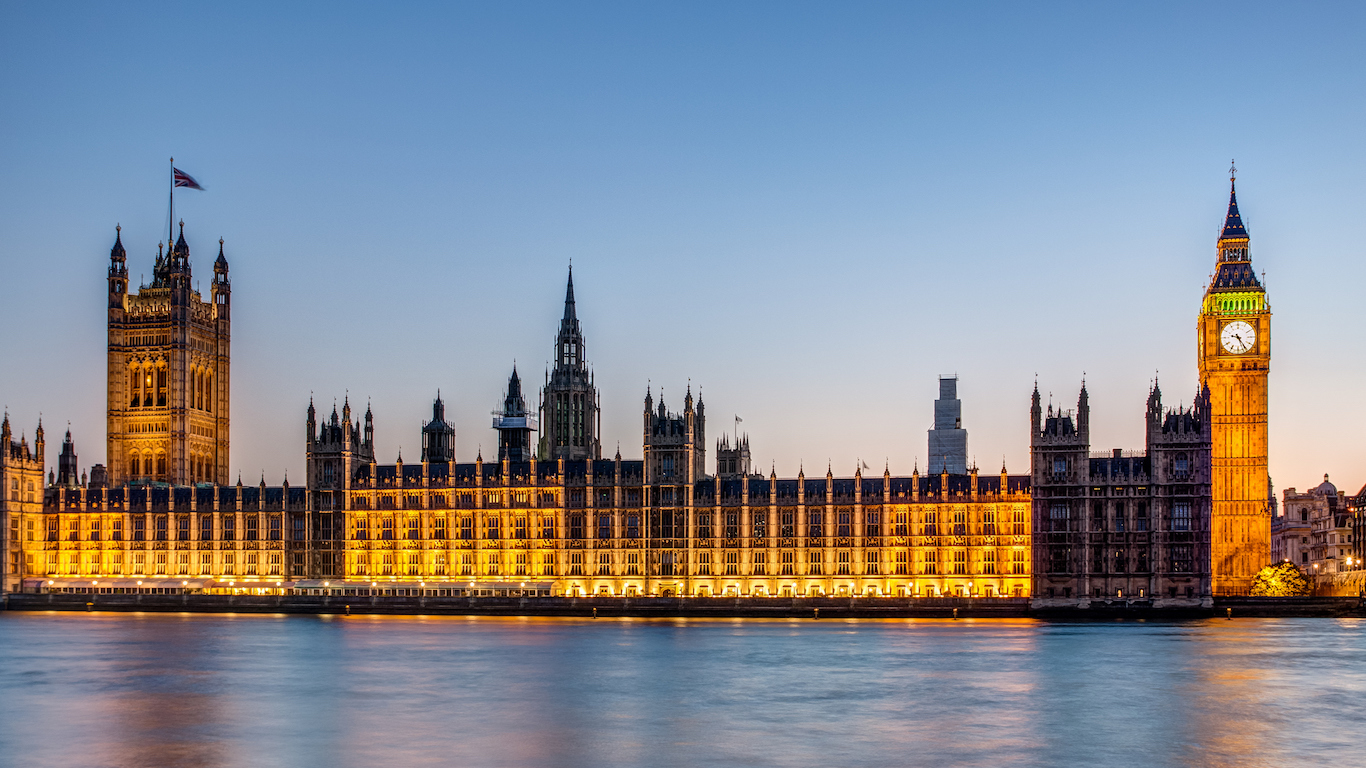
29. London, United Kingdom
>2016 population: 10,434,000
>Annual growth since 2000: 1.2%
>Pct. of United Kingdom’s population: 16.3%
>2030 estimated population: 11,467,000
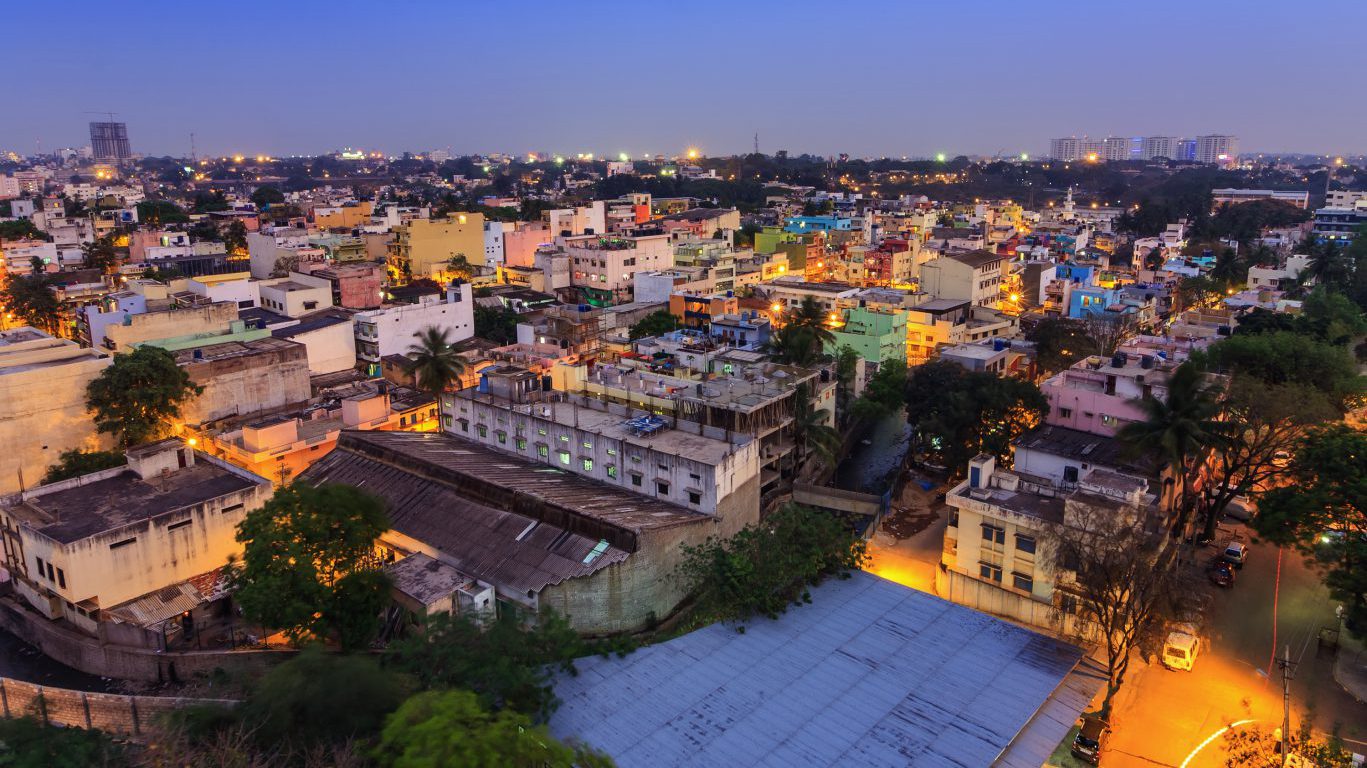
28. Bangalore, India
>2016 population: 10,456,000
>Annual growth since 2000: 3.9%
>Pct. of India’s population: 0.8%
>2030 estimated population: 14,762,000
[in-text-ad-2]
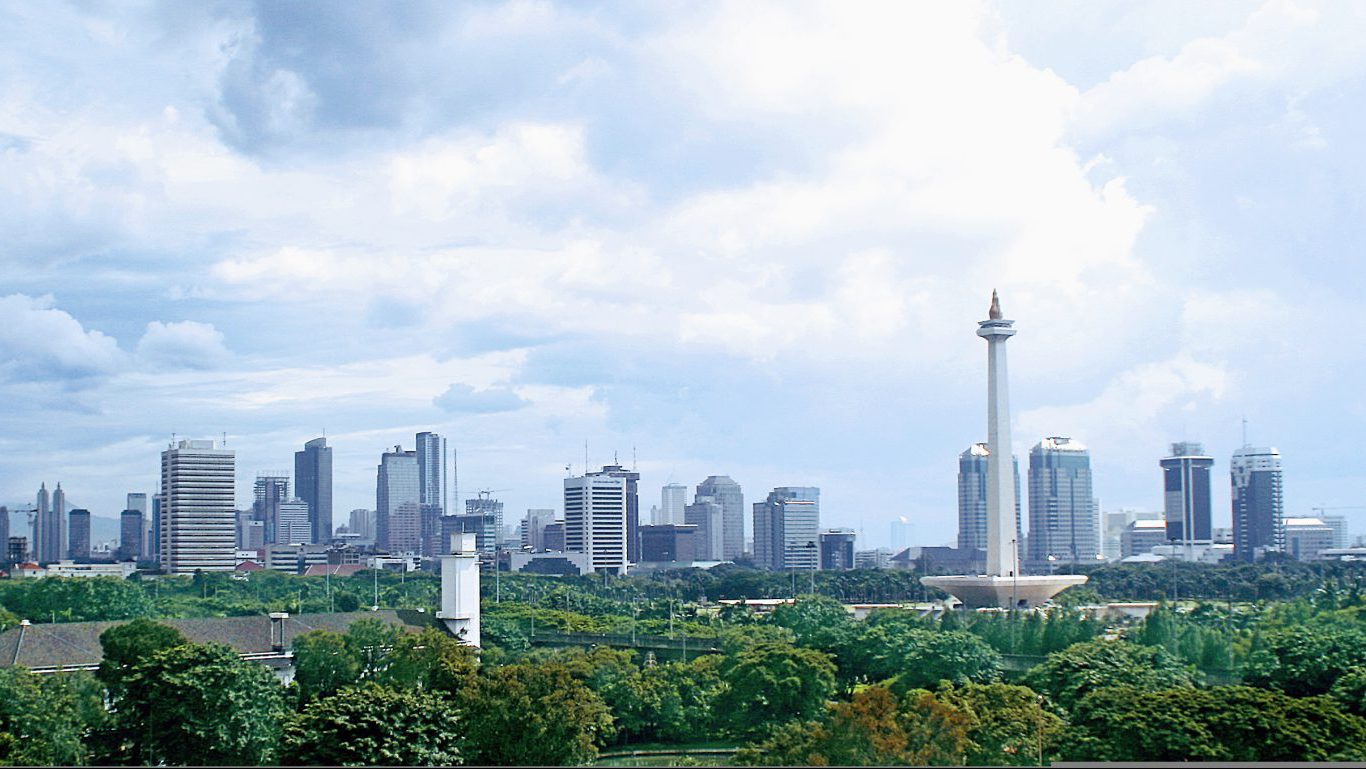
27. Jakarta, Indonesia
>2016 population: 10,483,000
>Annual growth since 2000: 1.4%
>Pct. of Indonesia’s population: 4.1%
>2030 estimated population: 13,812,000

26. Shenzhen, China
>2016 population: 10,828,000
>Annual growth since 2000: 3.1%
>Pct. of China’s population: 0.8%
>2030 estimated population: 12,673,000

25. Paris, France
>2016 population: 10,925,000
>Annual growth since 2000: 0.7%
>Pct. of France’s population: 16.7%
>2030 estimated population: 11,803,000
[in-text-ad]
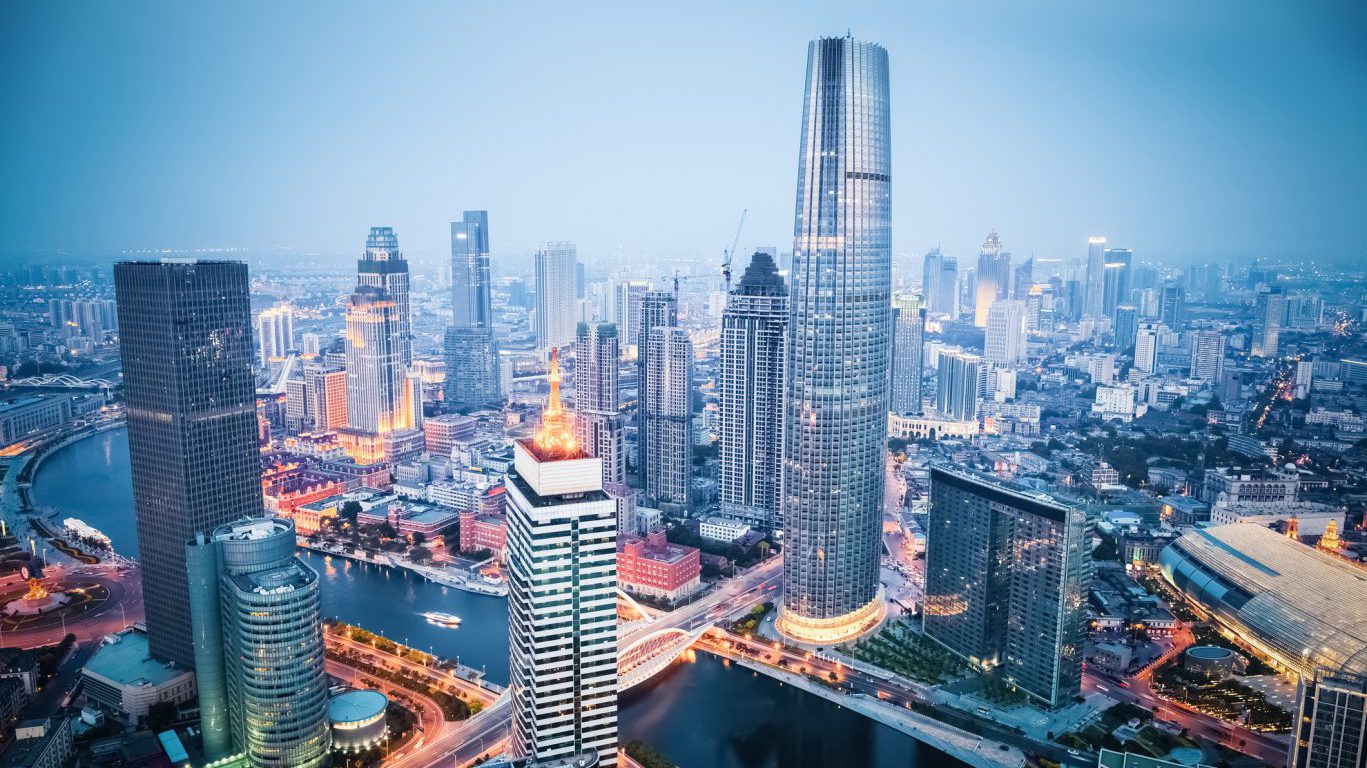
24. Tianjin, China
>2016 population: 11,558,000
>Annual growth since 2000: 3.4%
>Pct. of China’s population: 0.8%
>2030 estimated population: 14,655,000

23. Kinshasa, Democratic Republic of the Congo
>2016 population: 12,071,000
>Annual growth since 2000: 4.2%
>Pct. of Democratic Republic of the Congo’s population: 16.5%
>2030 estimated population: 19,996,000
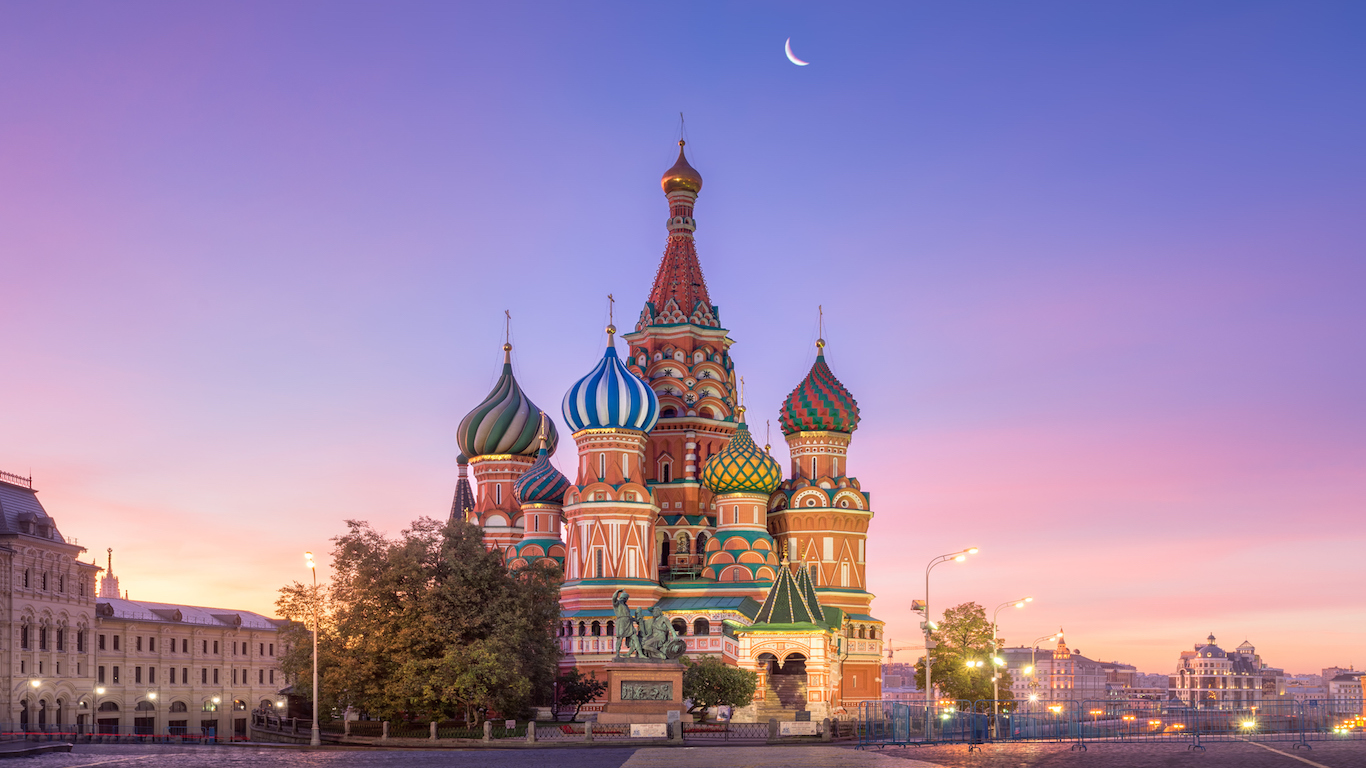
22. Moskva (Moscow), Russian Federation
>2016 population: 12,260,000
>Annual growth since 2000: 1.3%
>Pct. of Russian Federation’s population: 8.7%
>2030 estimated population: 12,200,000
[in-text-ad-2]
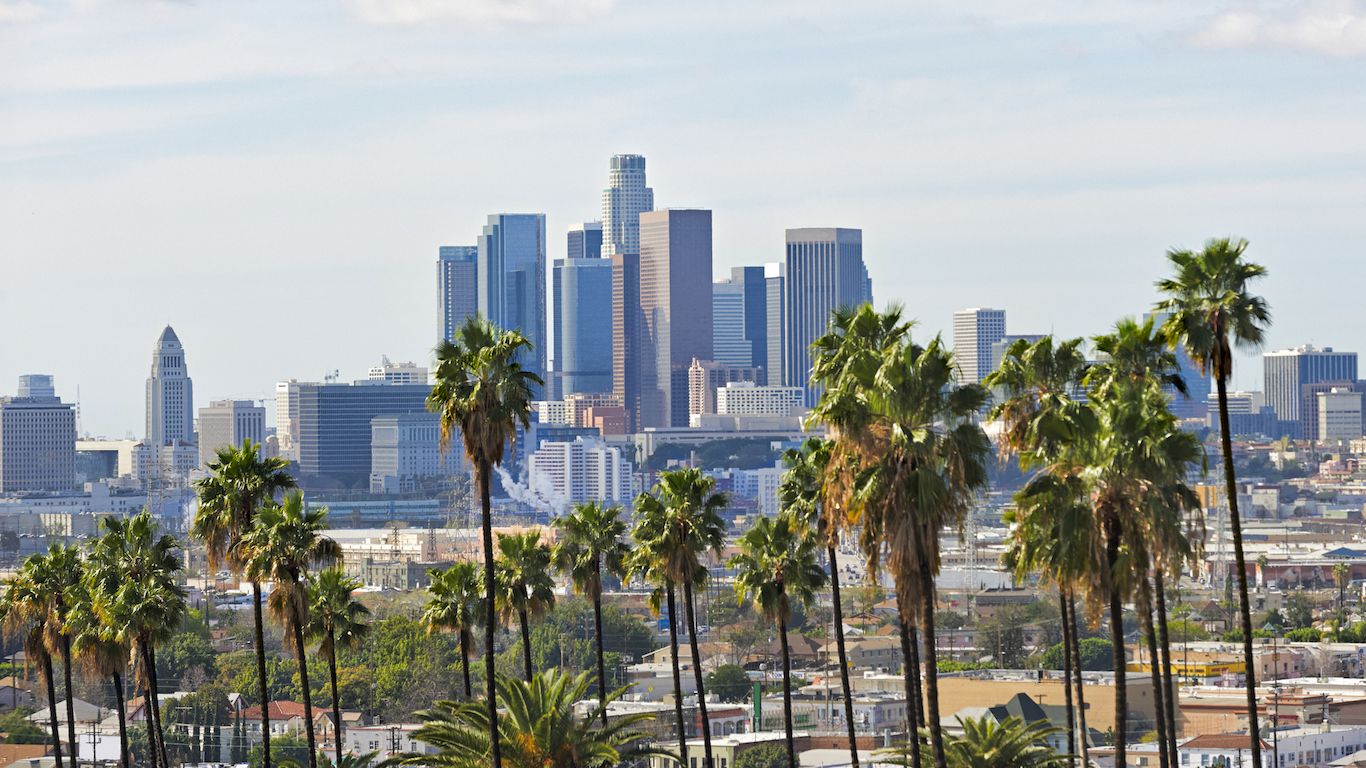
21. Los Angeles-Long Beach-Santa Ana, USA
>2016 population: 12,317,000
>Annual growth since 2000: 0.3%
>Pct. of USA’s population: 3.8%
>2030 estimated population: 13,257,000
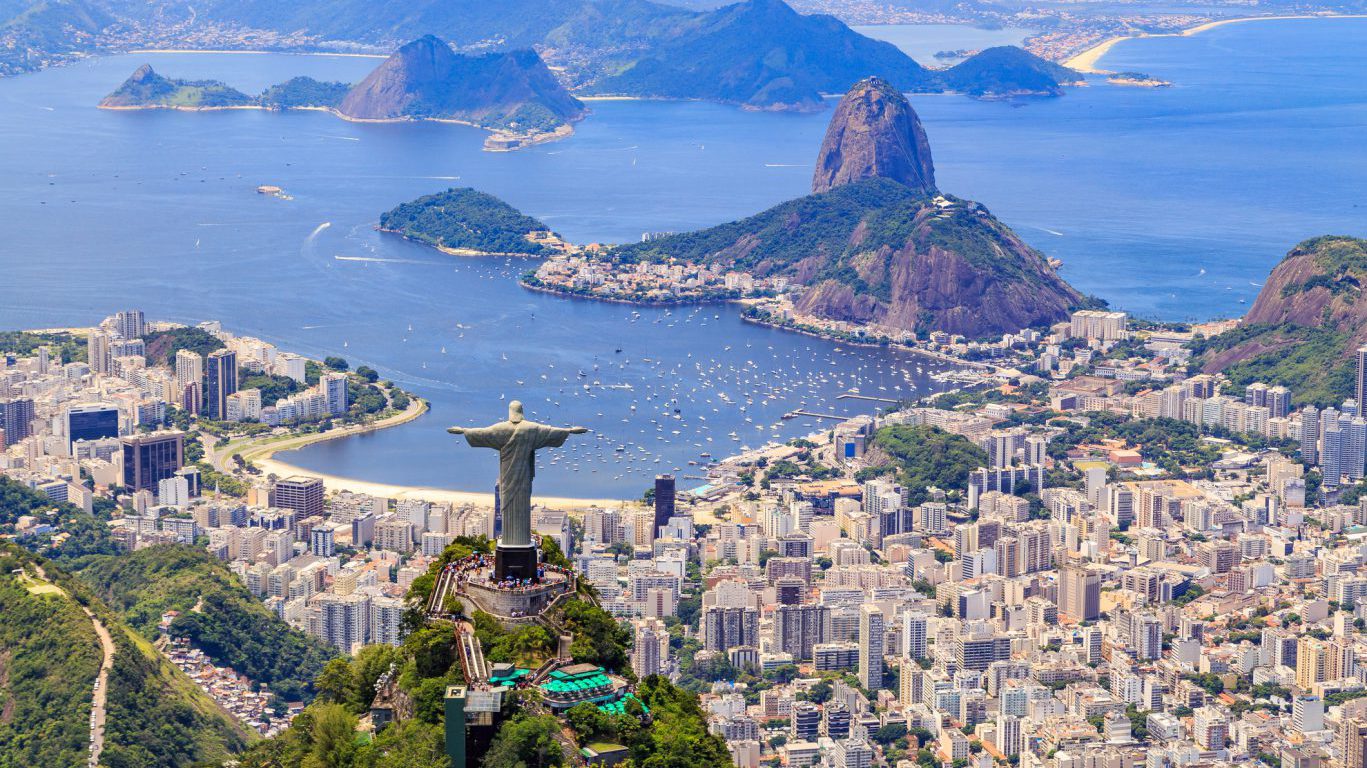
20. Rio de Janeiro, Brazil
>2016 population: 12,981,000
>Annual growth since 2000: 0.9%
>Pct. of Brazil’s population: 6.3%
>2030 estimated population: 14,174,000
[in-text-ad]

19. Guangzhou, Guangdong, China
>2016 population: 13,070,000
>Annual growth since 2000: 3.6%
>Pct. of China’s population: 0.9%
>2030 estimated population: 17,574,000

18. Manila, Philippines
>2016 population: 13,131,000
>Annual growth since 2000: 1.7%
>Pct. of Philippines’ population: 12.7%
>2030 estimated population: 16,756,000

17. Lagos, Nigeria
>2016 population: 13,661,000
>Annual growth since 2000: 3.9%
>Pct. of Nigeria’s population: 7.2%
>2030 estimated population: 24,239,000
[in-text-ad-2]
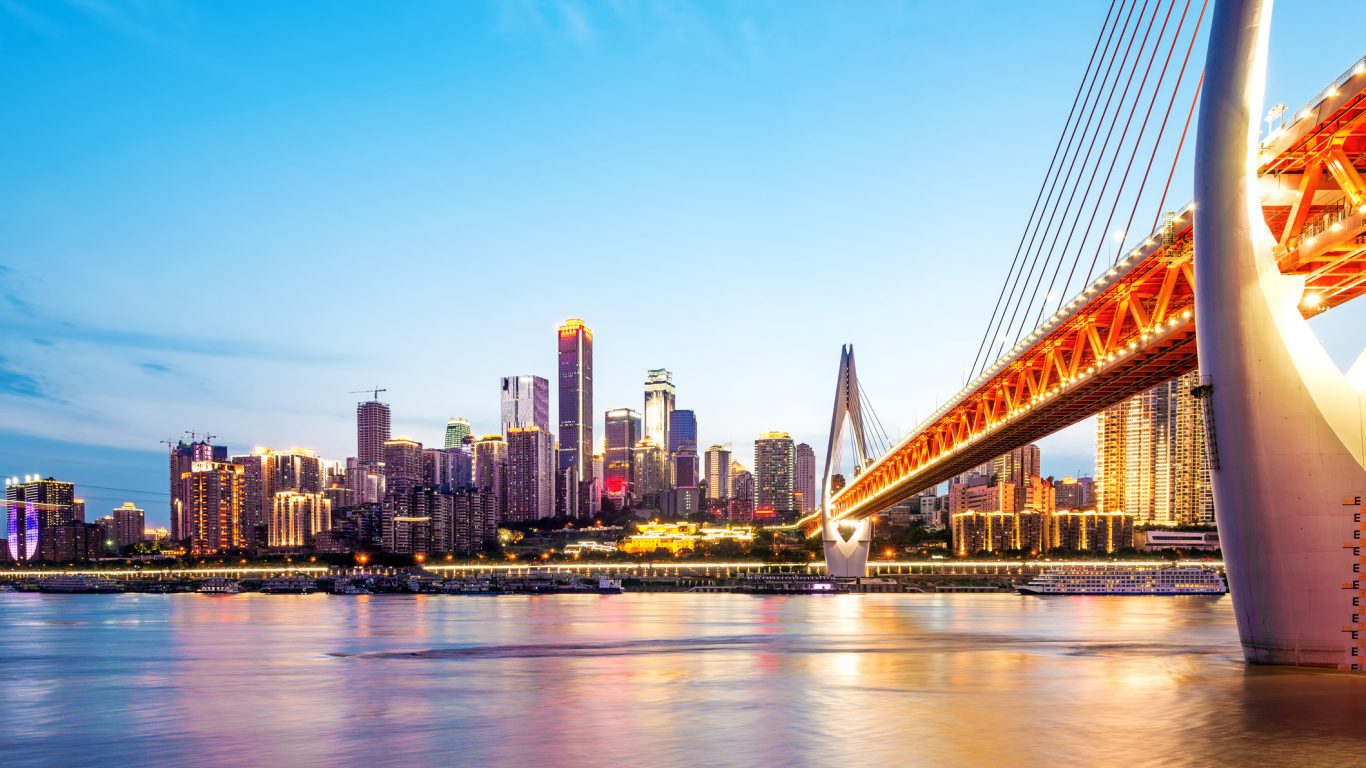
16. Chongqing, China
>2016 population: 13,744,000
>Annual growth since 2000: 3.5%
>Pct. of China’s population: 1.0%
>2030 estimated population: 17,380,000

15. Istanbul, Turkey
>2016 population: 14,365,000
>Annual growth since 2000: 3.1%
>Pct. of Turkey’s population: 18.5%
>2030 estimated population: 16,694,000
[in-text-ad]

14. Kolkata (Calcutta), India
>2016 population: 14,980,000
>Annual growth since 2000: 0.9%
>Pct. of India’s population: 1.2%
>2030 estimated population: 19,092,000

13. Buenos Aires, Argentina
>2016 population: 15,334,000
>Annual growth since 2000: 1.3%
>Pct. of Argentina’s population: 36.1%
>2030 estimated population: 16,956,000
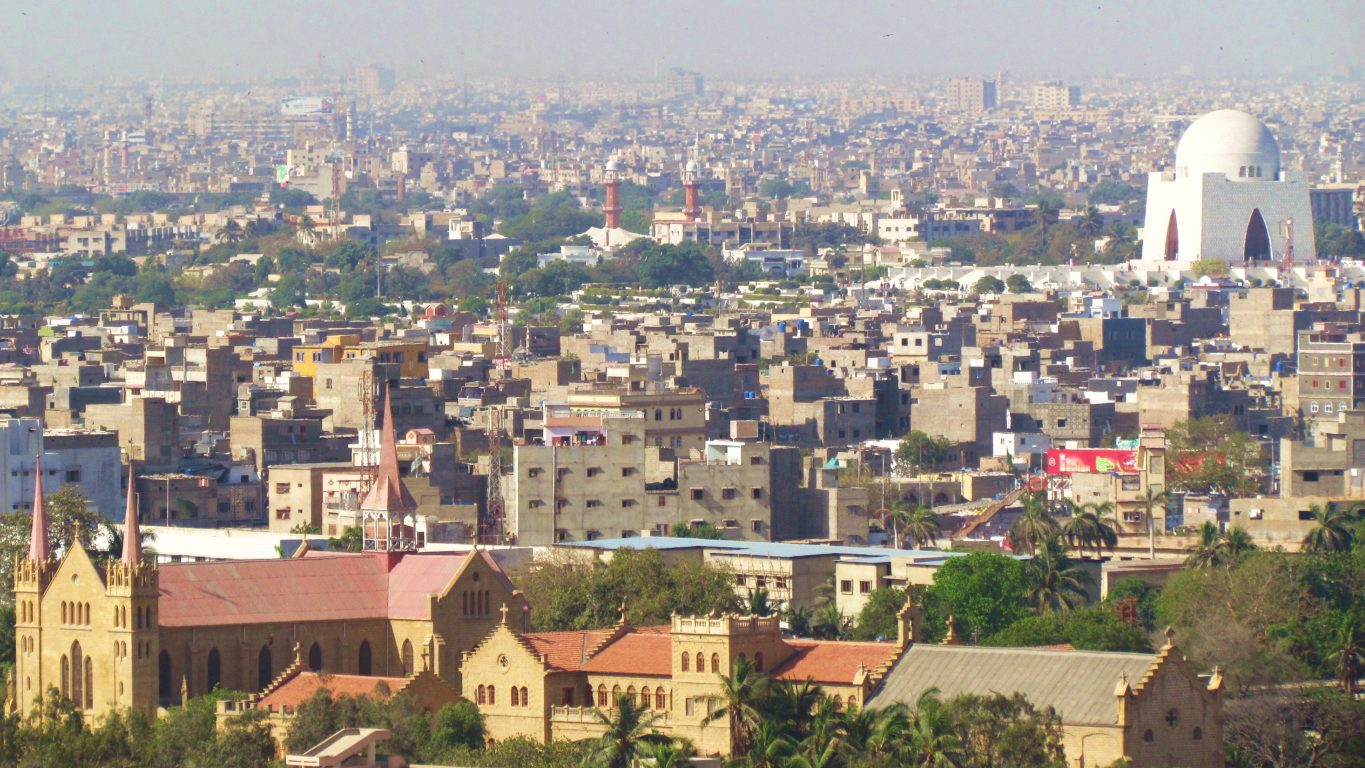
12. Karachi, Pakistan
>2016 population: 17,121,000
>Annual growth since 2000: 3.3%
>Pct. of Pakistan’s population: 9.0%
>2030 estimated population: 24,838,000
[in-text-ad-2]
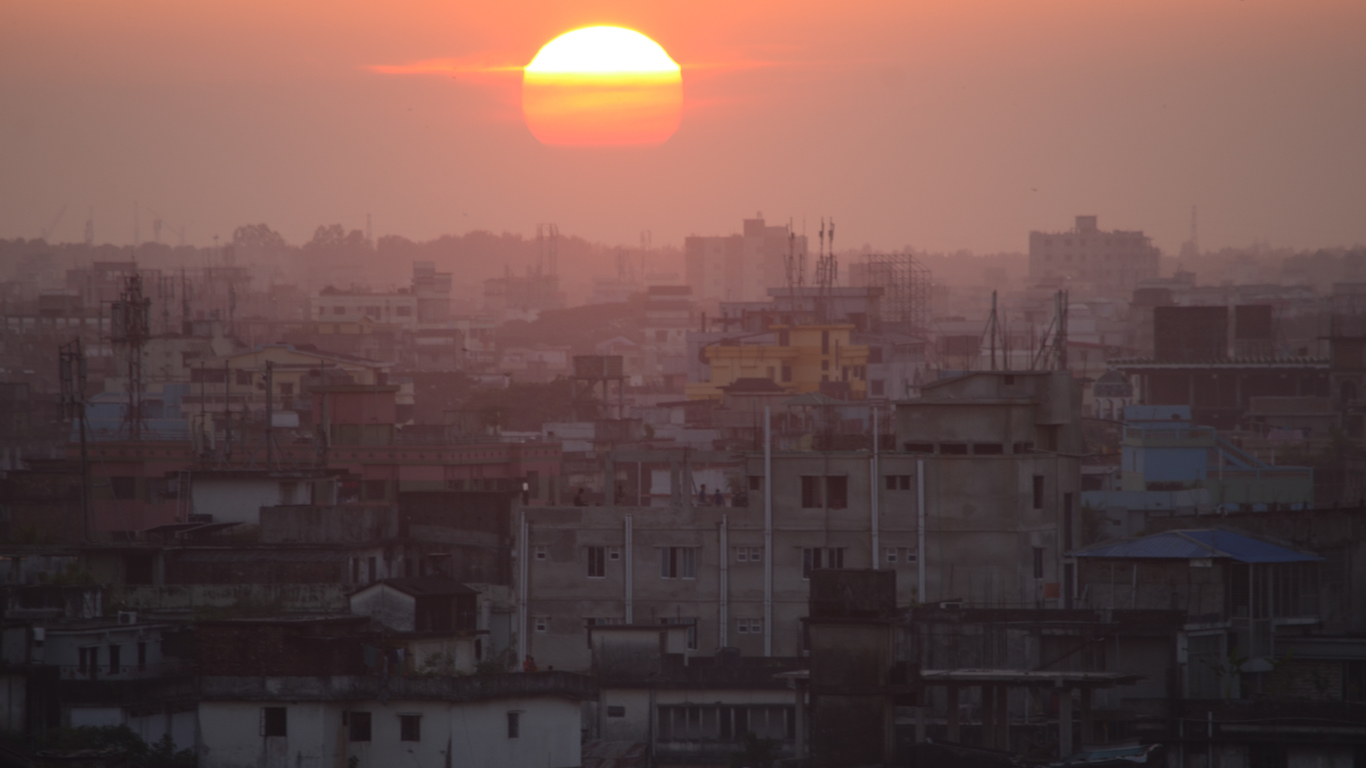
11. Dhaka, Bangladesh
>2016 population: 18,237,000
>Annual growth since 2000: 3.6%
>Pct. of Bangladesh’s population: 11.2%
>2030 estimated population: 27,374,000
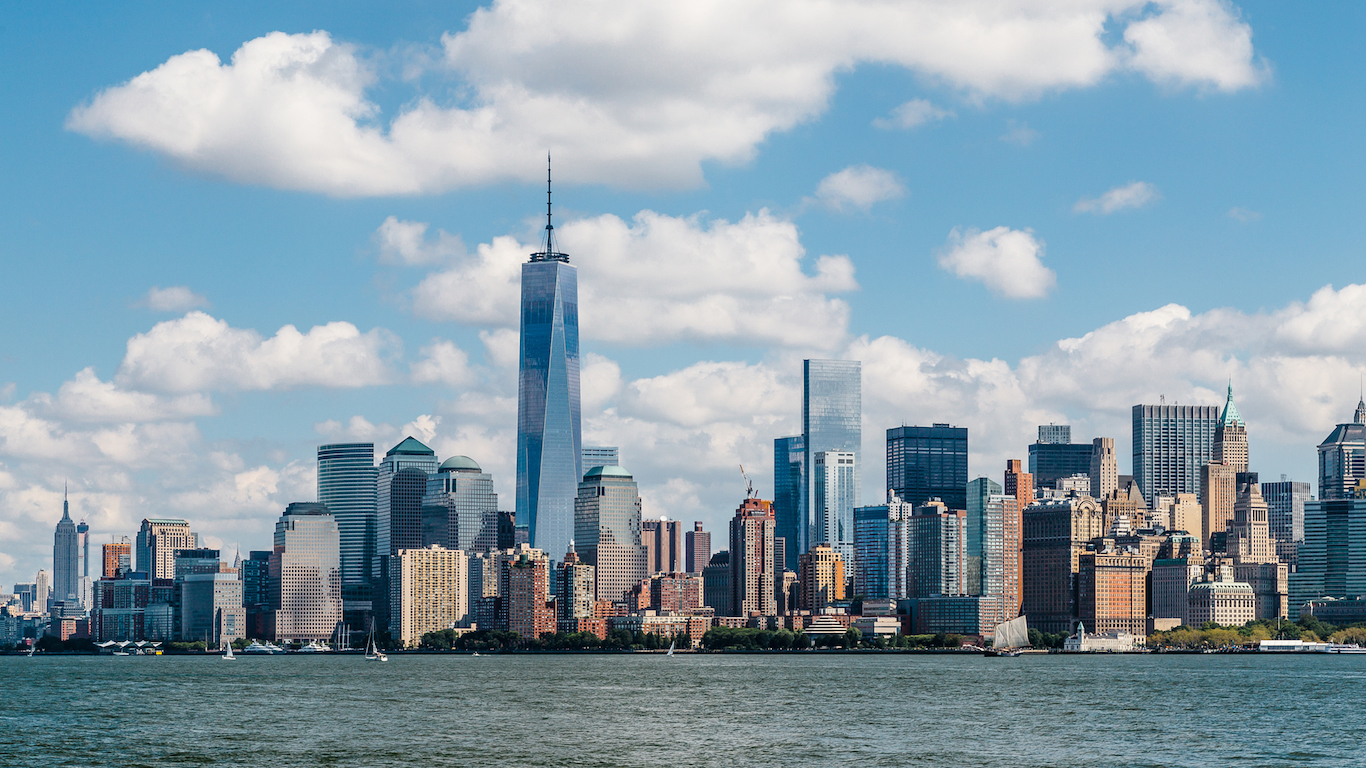
10. New York-Newark, USA
>2016 population: 18,604,000
>Annual growth since 2000: 0.3%
>Pct. of USA’s population: 5.7%
>2030 estimated population: 19,885,000
[in-text-ad]

9. Al-Qahirah (Cairo), Egypt
>2016 population: 19,128,000
>Annual growth since 2000: 2.1%
>Pct. of Egypt’s population: 22.2%
>2030 estimated population: 24,502,000
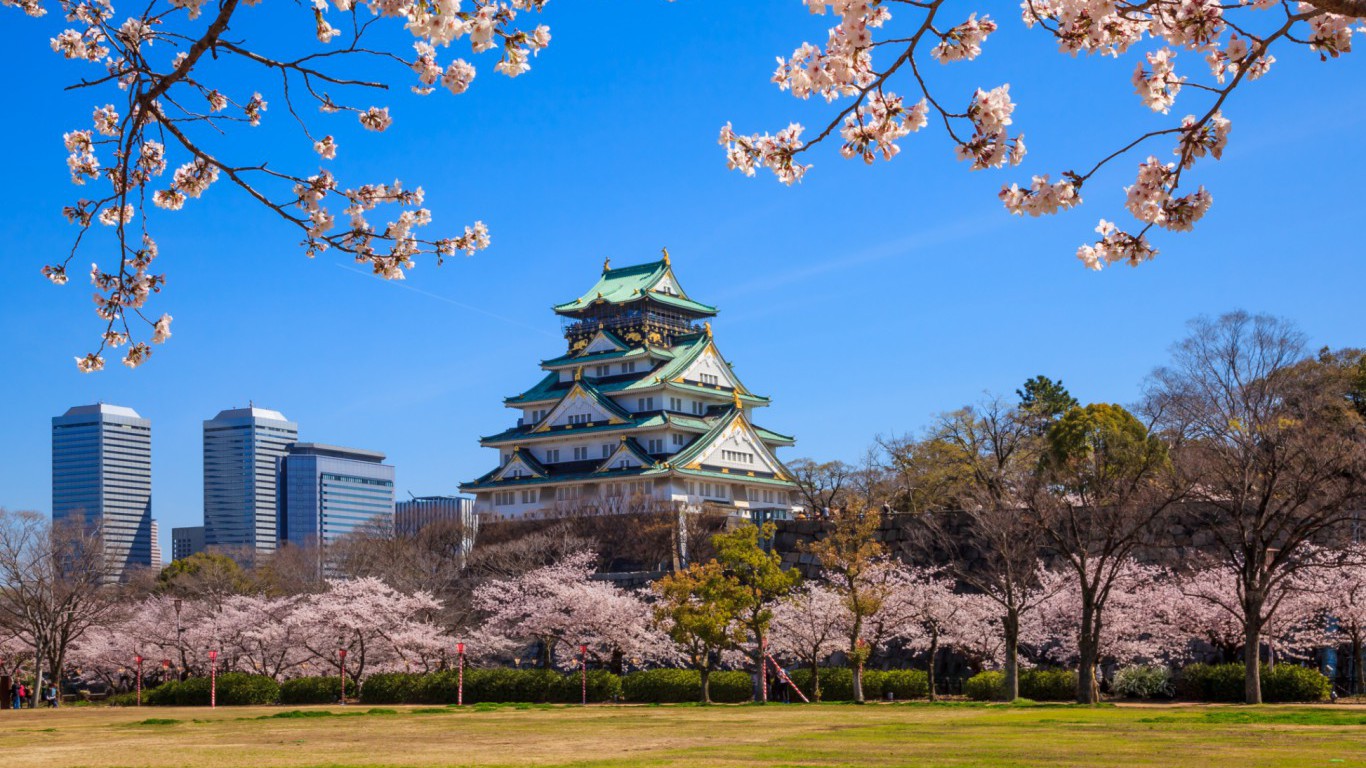
8. Kinki M.M.A. (Osaka), Japan
>2016 population: 20,337,000
>Annual growth since 2000: 0.5%
>Pct. of Japan’s population: 16.1%
>2030 estimated population: 19,976,000

7. Ciudad de México (Mexico City), Mexico
>2016 population: 21,157,000
>Annual growth since 2000: 0.9%
>Pct. of Mexico’s population: 16.7%
>2030 estimated population: 23,865,000
[in-text-ad-2]

6. Beijing, China
>2016 population: 21,240,000
>Annual growth since 2000: 4.6%
>Pct. of China’s population: 1.5%
>2030 estimated population: 27,706,000
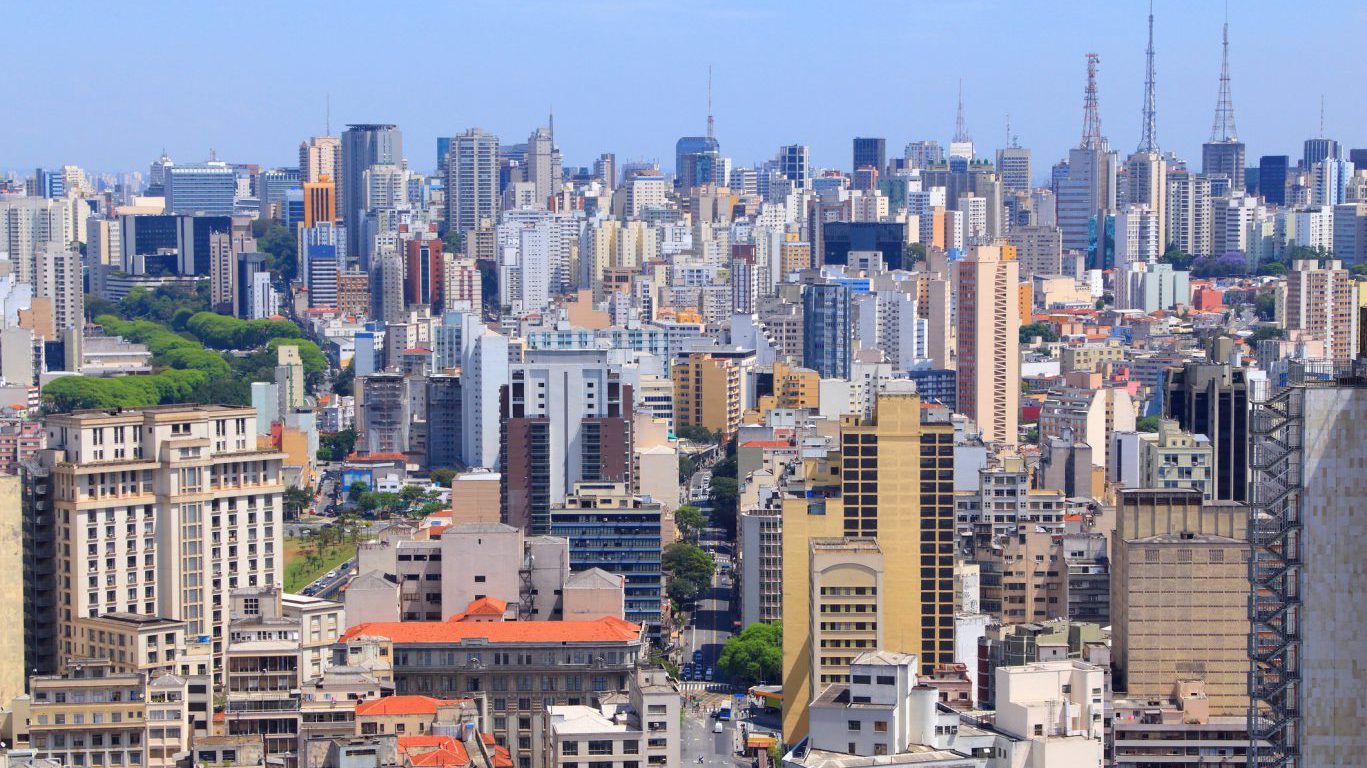
5. São Paulo, Brazil
>2016 population: 21,297,000
>Annual growth since 2000: 1.4%
>Pct. of Brazil’s population: 10.4%
>2030 estimated population: 23,444,000
[in-text-ad]

4. Mumbai (Bombay), India
>2016 population: 21,357,000
>Annual growth since 2000: 1.7%
>Pct. of India’s population: 1.6%
>2030 estimated population: 27,797,000

3. Shanghai, China
>2016 population: 24,484,000
>Annual growth since 2000: 3.5%
>Pct. of China’s population: 1.7%
>2030 estimated population: 30,751,000

2. Delhi, India
>2016 population: 26,454,000
>Annual growth since 2000: 3.2%
>Pct. of India’s population: 2.0%
>2030 estimated population: 36,060,000
[in-text-ad-2]
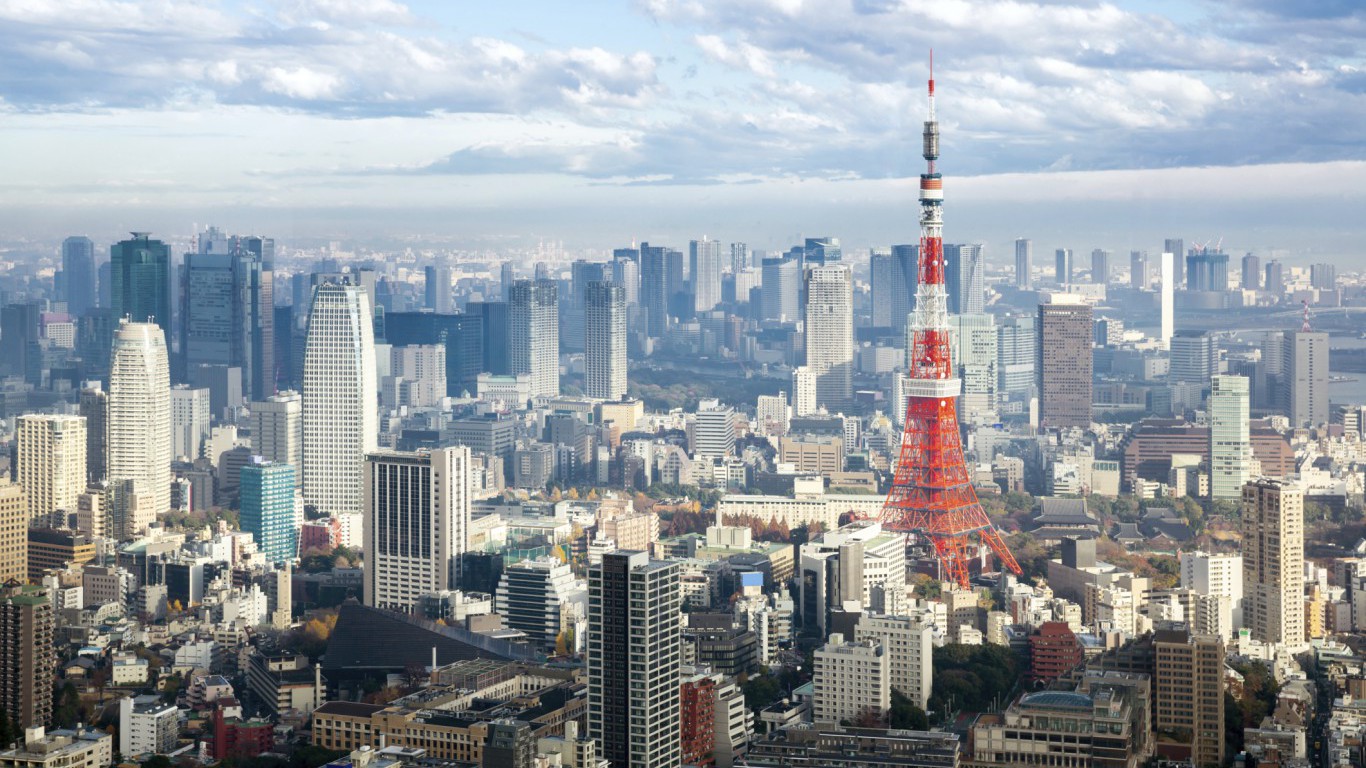
1. Tokyo, Japan
>2016 population: 38,140,000
>Annual growth since 2000: 0.6%
>Pct. of Japan’s population: 30.1%
>2030 estimated population: 37,190,000
Cash Back Credit Cards Have Never Been This Good
Credit card companies are at war, handing out free rewards and benefits to win the best customers. A good cash back card can be worth thousands of dollars a year in free money, not to mention other perks like travel, insurance, and access to fancy lounges. See our top picks for the best credit cards today. You won’t want to miss some of these offers.
Flywheel Publishing has partnered with CardRatings for our coverage of credit card products. Flywheel Publishing and CardRatings may receive a commission from card issuers.
Thank you for reading! Have some feedback for us?
Contact the 24/7 Wall St. editorial team.
 24/7 Wall St.
24/7 Wall St.

